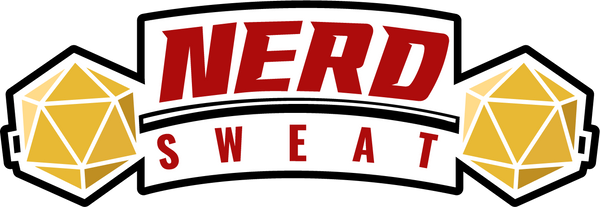
Staying Motivated: Setting and Achieving Fitness Goals in Your 50s
Starting a fitness journey in your 50s is a fantastic way to improve your health, boost your energy levels, and enhance your overall well-being. However, staying motivated and setting achievable goals can be challenging, especially when life gets busy or progress seems slow. The key to long-term success is setting clear, realistic goals and finding ways to stay motivated throughout your fitness journey. Here’s how you can do just that.
Set SMART Goals
When setting fitness goals, it’s crucial to make them SMART: Specific, Measurable, Achievable, Relevant, and Time-bound. This approach helps you create clear and actionable objectives that are easier to track and achieve.
- Specific: Instead of saying, “I want to get fit,” specify what you want to achieve. For example, “I want to walk 10,000 steps a day” or “I want to complete a 5K run.”
- Measurable: Ensure your goals are measurable so you can track your progress. This could be the number of steps you walk, the amount of weight you lift, or the time you spend exercising each week.
- Achievable: Set goals that are challenging yet realistic. If you’re new to fitness, starting with a goal to run a marathon within a month might be unrealistic. Instead, aim for smaller, achievable milestones, such as walking 30 minutes a day.
- Relevant: Your goals should align with your overall health and fitness aspirations. Consider what is important to you—whether it’s improving heart health, losing weight, or increasing strength—and set goals that reflect these priorities.
- Time-bound: Give yourself a deadline to achieve your goals. This creates a sense of urgency and helps you stay focused. For example, “I will lose 10 pounds in three months” or “I will increase my walking distance to 5 miles in two months.”
Break Down Long-Term Goals into Smaller Milestones
Long-term goals can be overwhelming, especially when you don’t see immediate progress. To stay motivated, break down your larger goals into smaller, more manageable milestones. For example, if your goal is to lose 20 pounds in a year, set a monthly target to lose 1-2 pounds. Celebrate each milestone you reach, no matter how small—it’s all part of the journey!
Find Your “Why”
Understanding your deeper motivation for getting fit is essential for maintaining long-term commitment. Ask yourself why you want to achieve your fitness goals. Is it to improve your health, increase your energy levels, feel more confident, or be able to enjoy activities with your loved ones? Having a strong “why” can help you push through challenges and stay focused on your goals.
Create a Routine That Fits Your Lifestyle
Consistency is key when it comes to fitness. To make exercise a habit, it’s important to create a routine that fits seamlessly into your daily life. Consider your schedule and identify the best times for you to exercise, whether it’s in the morning, during lunch breaks, or in the evening. Start with small, manageable sessions and gradually increase the time and intensity as you build endurance.
Track Your Progress
Keeping track of your progress is a powerful motivator. Use a fitness journal, app, or wearable device to record your workouts, track your progress, and celebrate your achievements. Seeing how far you’ve come can boost your confidence and keep you motivated to continue.
Mix Up Your Workouts
Variety is the spice of life, and it’s also crucial for maintaining motivation in your fitness routine. Mixing up your workouts keeps things interesting and helps you avoid burnout. Try different types of exercises, such as walking, swimming, strength training, yoga, or dancing. You might discover new activities you enjoy, which can make your fitness journey more enjoyable.
Find a Workout Buddy or Join a Group
Exercising with others can make your fitness journey more enjoyable and help you stay accountable. Consider finding a workout buddy, joining a fitness class, or participating in group activities like hiking clubs or walking groups. The social aspect of exercising with others can provide additional motivation and make workouts more fun.
Reward Yourself
Rewarding yourself for reaching milestones is a great way to stay motivated. Choose rewards that support your fitness journey, such as new workout gear, a massage, or a day off to relax. Positive reinforcement helps reinforce the habit and keeps you excited about your progress.
Stay Positive and Patient
Fitness is a journey, not a destination. It’s important to stay positive and patient with yourself, especially if progress is slower than expected. Everyone’s journey is different, and it’s okay to have setbacks along the way. Focus on the progress you’ve made, no matter how small, and keep moving forward.
Conclusion
Staying motivated and setting achievable fitness goals in your 50s is entirely possible with the right approach. By setting SMART goals, breaking them down into manageable milestones, understanding your “why,” creating a routine, tracking your progress, mixing up your workouts, finding support, rewarding yourself, and maintaining a positive mindset, you’ll be well on your way to achieving your fitness aspirations. Remember, the most important step is the one you take today—so get started and enjoy the journey!
Additional Resources
- American Council on Exercise (ACE): Offers a wealth of information on fitness and exercise for older adults, including workout plans and tips for staying motivated.
- National Institute on Aging (NIA): Provides comprehensive resources on exercise and physical activity for people over 50, including guides and tips on how to get started.
